Trip of the week: the glories of Trieste – then and now
Once a haven for writers, the Italian port city has a vibrant art scene and good restaurants
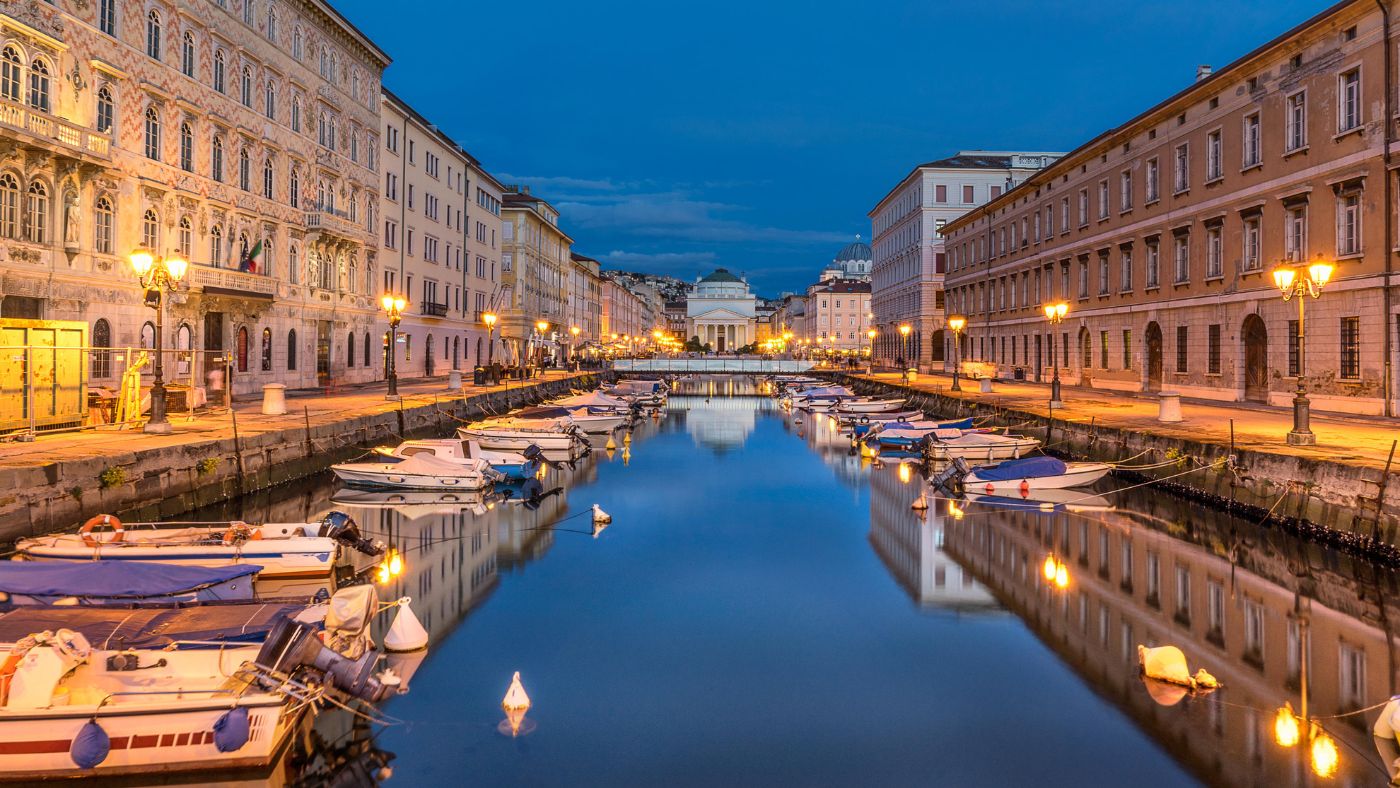
As the great seaport of the Habsburg empire, Trieste was a “thriving ethnic, financial and cultural crossroads”, dubbed “Europiccola” (Europe in miniature) by James Joyce. Then came the First World War, and the grand geopolitical shifts of the 20th century, which left it ever more isolated – hemmed in on three sides by the Iron Curtain, in the far northeast of Italy. In recent years, however, it has enjoyed a marked cultural resurgence, says Lee Marshall in the FT. The melancholy and nostalgia that Jan Morris evoked in her book Trieste and the Meaning of Nowhere are still present, but a “vibrant” art scene, fine new restaurants and stylish new hotels have brought fresh vitality to the city’s majestic old streets and squares.
The Nobel Prize-winning Italian poet Eugenio Montale referred to Trieste as “the sole Italian city that derived its glory from its writers”. Joyce lived here between 1904 and 1915, teaching English and working on Dubliners and Ulysses. Among his students was the novelist Italo Svevo, and next to his apartment the poet Umberto Saba ran an antiquarian bookshop. It is still going strong, as are the Belle Époque and Art Nouveau cafés Joyce loved, including the Pasticceria Caffè Pirona, the Caffè San Marco (a “complete joy”), and the “oh-so-Viennese” Caffè degli Specchi. Opposite the last stands the city’s grandest hotel, the Duchi d’Aosta, with its two Michelin-starred restaurant, Harry’s Piccolo.
Among the city’s other highlights are the new Museum of Art in Fashion, the Stazione Rogers (an events space in a “cute” 1950s petrol station), and the “artisanal shops, bars and osterias” of the medieval Cavana district. But a visit to Trieste wouldn’t be complete without a trip into the surrounding countryside, with its distinctive “Italo-Slovene rural culture”, and – if you’re there in the warmer months – an afternoon at one of the long, sandy beaches that are within easy reach.
The Week
Escape your echo chamber. Get the facts behind the news, plus analysis from multiple perspectives.

Sign up for The Week's Free Newsletters
From our morning news briefing to a weekly Good News Newsletter, get the best of The Week delivered directly to your inbox.
From our morning news briefing to a weekly Good News Newsletter, get the best of The Week delivered directly to your inbox.
Sign up for the Travel newsletter for destination inspiration and the latest news and trends
A free daily email with the biggest news stories of the day – and the best features from TheWeek.com
-
 Political cartoons for December 6
Political cartoons for December 6Cartoons Saturday’s political cartoons include a pardon for Hernandez, word of the year, and more
-
 Pakistan: Trump’s ‘favourite field marshal’ takes charge
Pakistan: Trump’s ‘favourite field marshal’ takes chargeIn the Spotlight Asim Munir’s control over all three branches of Pakistan’s military gives him ‘sweeping powers’ – and almost unlimited freedom to use them
-
 Codeword: December 6, 2025
Codeword: December 6, 2025The daily codeword puzzle from The Week
-
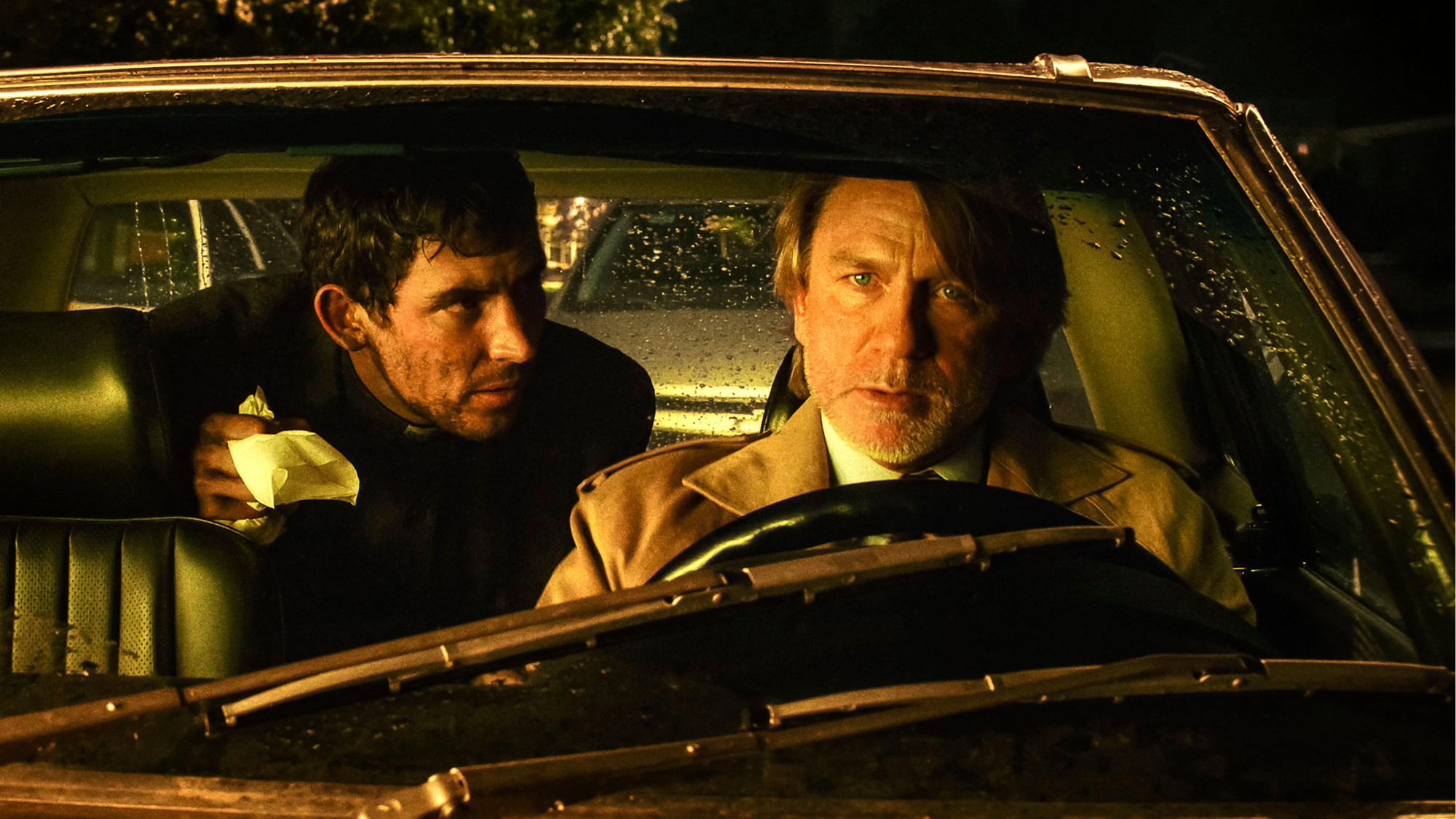 Wake Up Dead Man: ‘arch and witty’ Knives Out sequel
Wake Up Dead Man: ‘arch and witty’ Knives Out sequelThe Week Recommends Daniel Craig returns for the ‘excellent’ third instalment of the murder mystery film series
-
 Zootropolis 2: a ‘perky and amusing’ movie
Zootropolis 2: a ‘perky and amusing’ movieThe Week Recommends The talking animals return in a family-friendly sequel
-
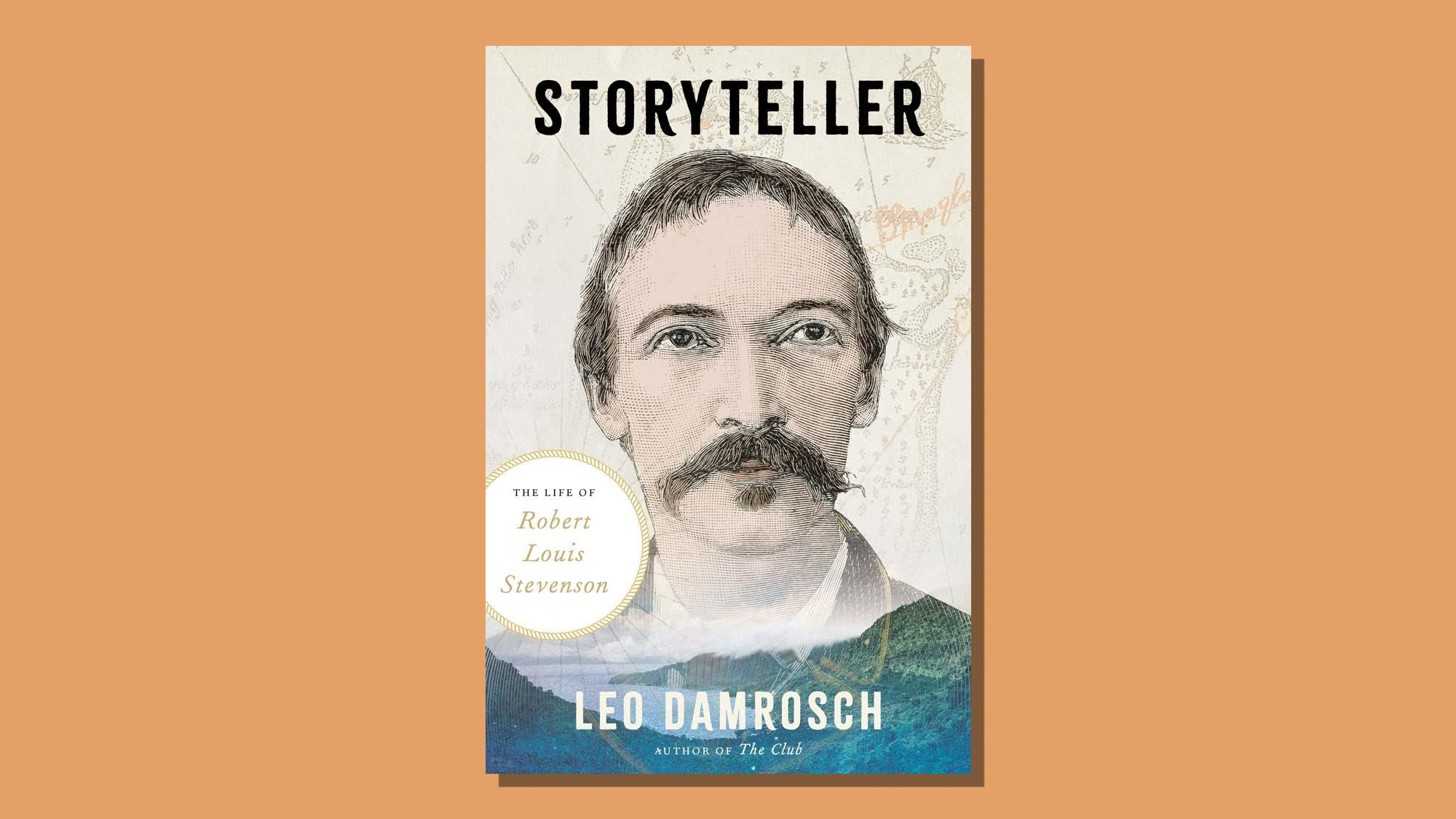 Storyteller: a ‘fitting tribute’ to Robert Louis Stevenson
Storyteller: a ‘fitting tribute’ to Robert Louis StevensonThe Week Recommends Leo Damrosch’s ‘valuable’ biography of the man behind Treasure Island
-
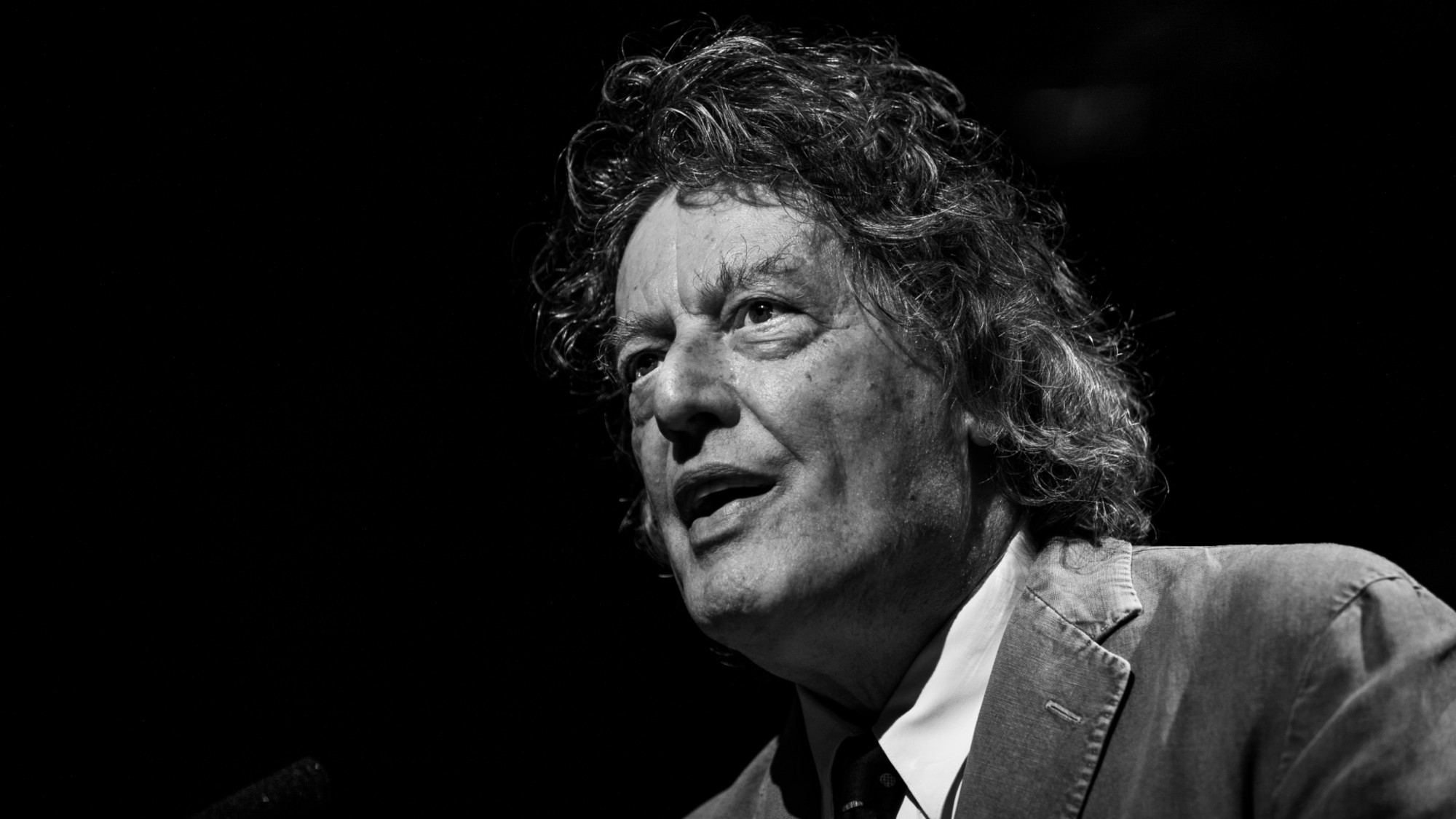 The rapid-fire brilliance of Tom Stoppard
The rapid-fire brilliance of Tom StoppardIn the Spotlight The 88-year-old was a playwright of dazzling wit and complex ideas
-
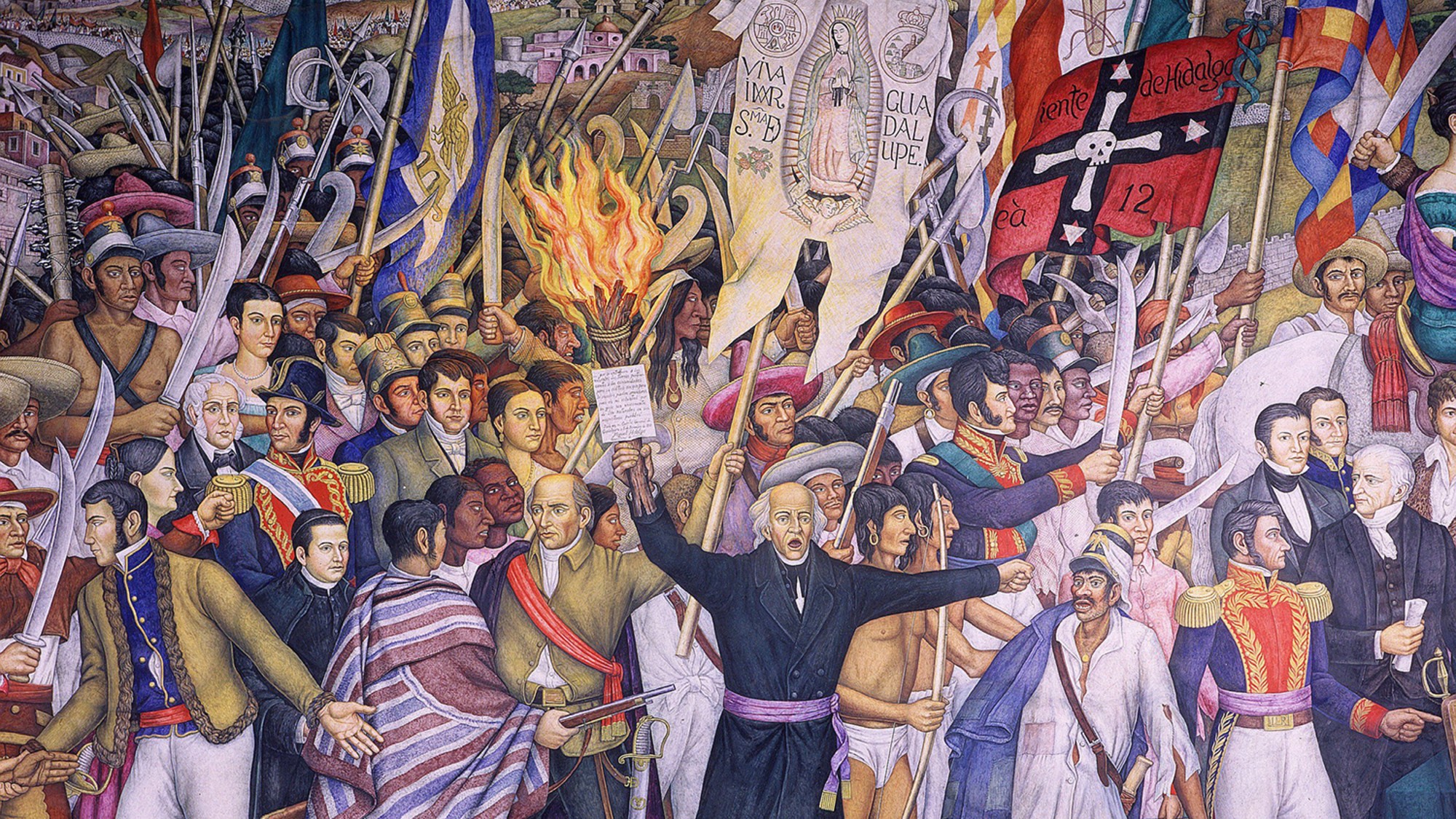 ‘Mexico: A 500-Year History’ by Paul Gillingham and ‘When Caesar Was King: How Sid Caesar Reinvented American Comedy’ by David Margolick
‘Mexico: A 500-Year History’ by Paul Gillingham and ‘When Caesar Was King: How Sid Caesar Reinvented American Comedy’ by David Margolickfeature A chronicle of Mexico’s shifts in power and how Sid Caesar shaped the early days of television
-
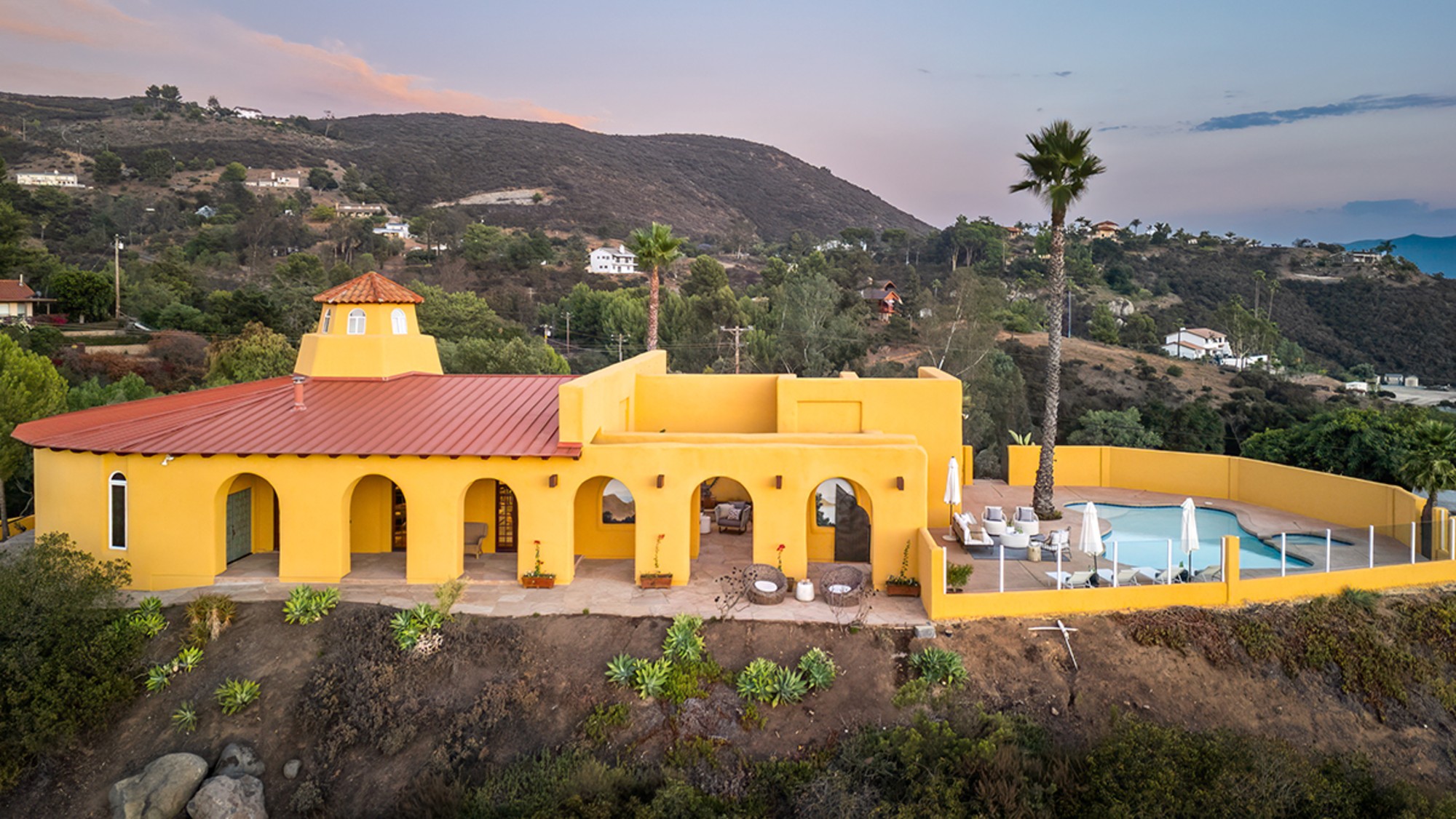 Homes by renowned architects
Homes by renowned architectsFeature Featuring a Leonard Willeke Tudor Revival in Detroit and modern John Storyk design in Woodstock
-
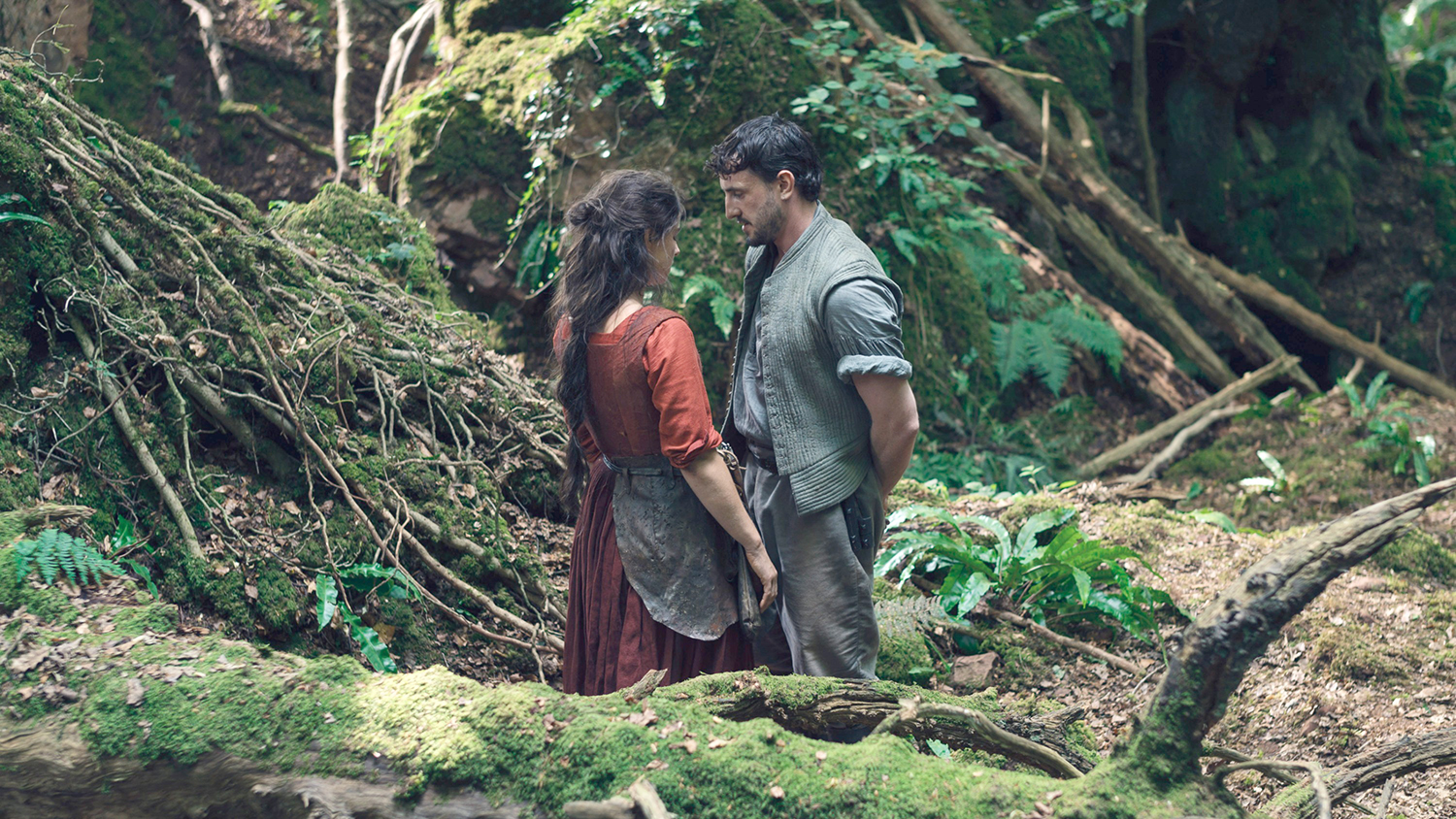 Film reviews: ‘Hamnet,’ ‘Wake Up Dead Man’ and ‘Eternity’
Film reviews: ‘Hamnet,’ ‘Wake Up Dead Man’ and ‘Eternity’Feature Grief inspires Shakespeare’s greatest play, a flamboyant sleuth heads to church and a long-married couple faces a postmortem quandary
-
 We Did OK, Kid: Anthony Hopkins’ candid memoir is a ‘page-turner’
We Did OK, Kid: Anthony Hopkins’ candid memoir is a ‘page-turner’The Week Recommends The 87-year-old recounts his journey from ‘hopeless’ student to Oscar-winning actor